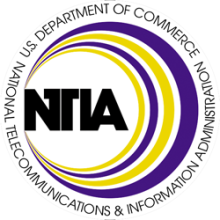Vermonters Angry at Wireless Broadband Stimulus Grant Instead of Fiber Loan
Vermonters are asking some hard questions about the federal broadband stimulus decision to throw money at a wireless network for Vermont rather than loaning money to an organization dedicated to delivering real broadband.
Senator Bernie Sanders convened a meeting to discuss the awards toward the end of October.
Senator Bernie Sanders led off his “broadband town meeting” Saturday morning at Vermont Technical College with a ringing affirmation of the need for better broadband coverage in Vermont and the nation. However, nobody in the crowd of nearly 300 people needed to be convinced of that. What they wanted to know was whether a huge new federal grant to a private company was the right way to do it.VTel, a small private telephone company, received a $116 million grant to build a FTTH network to serve their existing 18,000 footprint as well as a wireless network that is intended to serve the entire state. In contrast, the East Central Vermont Fiber Network (which we have covered previously), applied for a loan to build a FTTH network to everyone in the 24 communities that have joined together to form the network. The ECFiber network would be run by a nonprofit and would repay the loan from revenue generated by selling triple-play services on the network.


